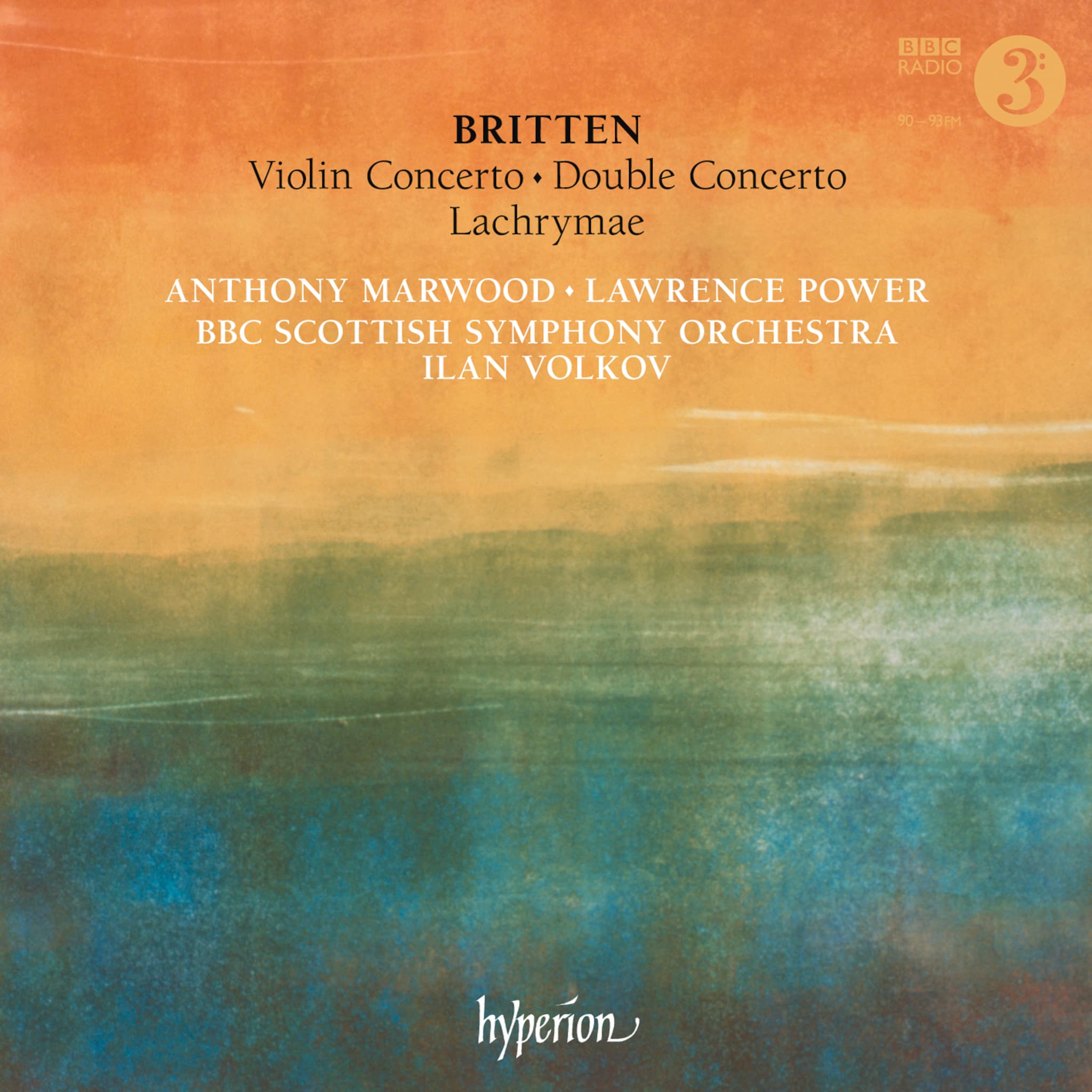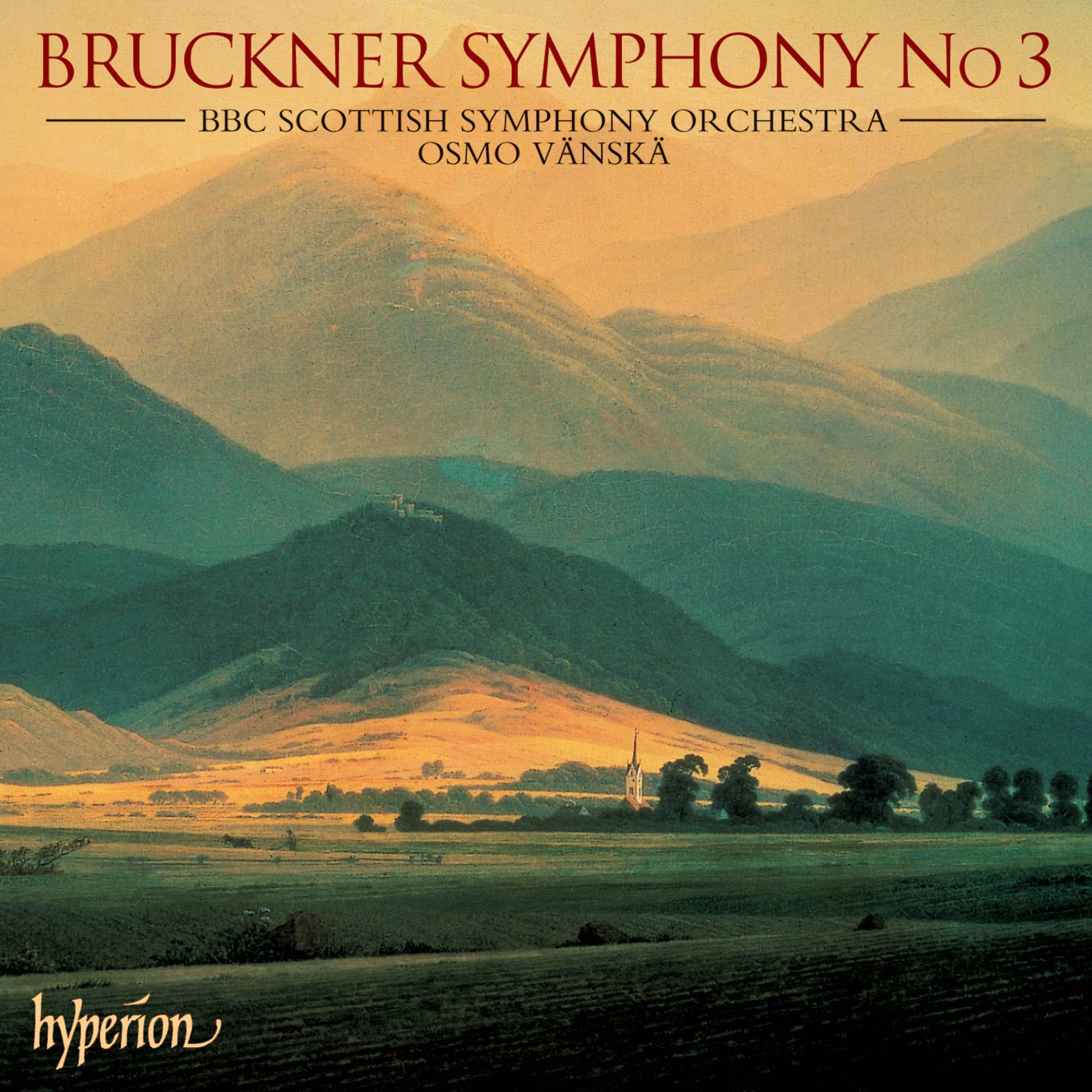Album insights
Das Königreich Neapel gewann während der Regentschaft des Hauses Anjou unter König Robert an Bedeutung, als sich ein weltoffener Hofstaat etablierte. Die spanischen Vizekönige, beginnend mit Pedro de Toledo, führten einen theatralischen Lebenswandel in Neapel ein. Diese Lebensart harmonierte hervorragend mit dem Wesen der neapolitanischen Einwohner, die Reichtum und Pracht wertschätzten. Künstler verschiedener Disziplinen fanden in Neapel Beschäftigung, darunter norditalienische Bildhauer und Architekten des 17. Jahrhunderts. Im frühen 18. Jahrhundert zog die Stadt zahlreiche Komponisten an und entwickelte sich zu einem bedeutenden Zentrum des Musiklebens.
1707 geriet Neapel unter österreichische Herrschaft, bis der Bourbone Karl III. die Stadt 1734 zur Hauptstadt eines souveränen Königreichs erhob. Obwohl Karl kein besonderer Kunstförderer war, brachte er politische Stabilität und wirtschaftlichen Aufschwung. Unter seiner Führung erlebte Neapel eine Periode größerer Zufriedenheit als je zuvor. Trotz seiner Abneigung gegen Opern ließ Karl das Teatro Don Carlo errichten. Seine Regierungszeit war geprägt von einer reichen musikalischen Entfaltung, wobei die Opernkomponisten Alessandro Scarlatti und Giovanni Battista Pergolesi wesentliche Beiträge leisteten.
Alessandro Scarlatti, gebürtig aus Palermo, zog später nach Rom und anschließend nach Neapel, wo er seinen melodischen Stil perfektionierte. Er gilt als Pionier der Opernkomposition im modernen Tonalitätssystem. Giovanni Battista Pergolesi aus Jesi kam mit fünfzehn Jahren nach Neapel und erlangte Berühmtheit durch Werke wie La Serva Padrona und Stabat mater. Nicola Porpora, ein herausragender Gesangspädagoge und Komponist, bereiste Europa und prägte den Gesangsstil seiner Epoche.
Francesco Durante, ein Schüler von Alessandro Scarlatti und später Pasquini, beherrschte meisterhaft die Verbindung des strengen römischen Stils mit der neapolitanischen melodischen Kreativität. Sein Concerto Grosso in f-Moll demonstrierte sein außergewöhnliches Talent und konnte mit den besten Werken von Händel und Corelli verglichen werden. Durantes Kompositionen zeichneten sich durch überraschende Harmonien und instrumentale Klangfarben aus, wodurch er eine facettenreiche Stimmung und Ausdrucksstärke schuf.








